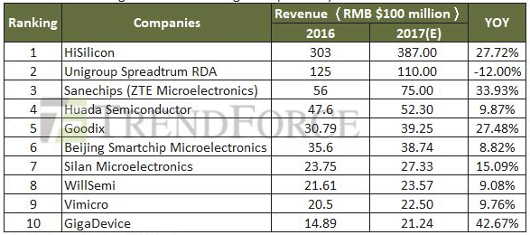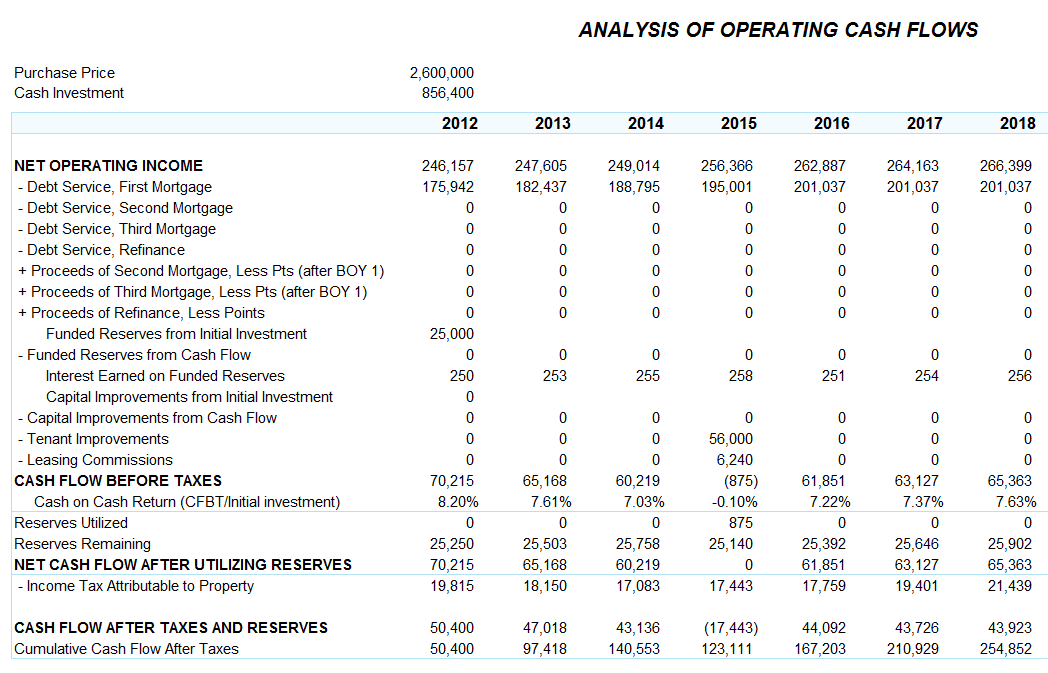Contents
It helps you smoothen out the fluctuations in the rate in different years. However, a CAGR calculator doesn’t consider aspects like the volatility of the investment or the risk involved in it. The most important concern we have when investing is the return.
- The CAGR Ratio shows you which is the better investment by comparing returns over a time period.
- Save taxes with Clear by investing in tax saving mutual funds online.
- It will cause cash inflows and cash outflows at different points in time.
- XIRR and TWRR have their pros and cons and such differences can come depending on timing and quantum of investment.
- Understand how you should check the returns of the scheme.
So, CAGR shows that your investment of Rs. 5 lakh earned an average annual return of 6.96% for five years, amounting to Rs. 7 lakh at the end of your investment horizon. It’s interesting to see that when Mr. Vedant invested through lumpsum investments, he was getting an annual average return of 8.5%. But when he is investing through SIPs, we see that he’s getting an average annual return of 10.33%. Now, when XIRR will get calculated, each installment’s CAGR will be taken and then all of them will get added up. Based on this, Vedant’s mutual fund returns comes out to be 10.33% every year when he invests through SIPs.
IRR Calculation Method with Excel
If in our above example, let’s say there were multiple investments in a year at irregular dates, CAGR won’t be able to provide a good picture. So when there is a one-time lump sum investment, CAGR is an apt measure, but not in the case of measuring SIP returns. ROI is the return calculated on basis of the difference between the initial investment and the current or final value of an investment divided by the initial investment. It is a basic rate of return that can be derived for any investment which can mislead the investors.

As we can see, at the end of the first year of investment, he earned a negative return of 0.35%. Moving forward, we see that his mutual fund investment returns in the second year has spurred to 15.82%, and in the third year it was at its peak, giving returns of 21.66%. But again in 2019, it fell down to a mere return of just 2.06%.
How is CAGR Calculated?
With more clarity about the different types of returns, you will be able to ensure more astute investment management. For example, 3-year returns of 12 % for a mutual fund X will mean that ₹10,000 invested exactly 3 years ago have now become ₹14,049.28. In the above table, the cash flows are occurring at irregular intervals. Here, you can use XIRR function to compute the return for these cash flows.
For instance, if you invested Rs 10,000 in October 2018, which has grown to Rs 20,000 in October 2021, you will know it took 3 years for your money to double. In other words, you will know you have earned 100% returns in 3 years. IRR is a useful tool to measure the absolute growth of a portfolio. Measures the actual returns of a portfolio for a given time period. Efiling Income Tax Returns is made easy with Clear platform.
Another measure, often found gracing the cover pages of investment product brochures, is compounded annual growth rate . You may measure the performance of mutual funds using CAGR. You get to know the average annual growth of a mutual fund or even the decline, over a specific time period. In case of an investment avenue like mutual funds, you need to ascertain whether it’s worth investing or not. For that, you require means to measure its performance over a given period.

So, we thought of writing this post explaining them how the return is calculated and also look at alternate ways of calculating mutual fund returns. You may use CAGR to gauge the performance of different mutual funds to determine the earning potential. CAGR may consider the investment tenure giving you an accurate picture of the earnings from your mutual funds. Annualised returns It is the geometric average amount of funds that investment creates every year for a fixed period. Annualised returns signify the return rate an investor earns for a given period, considering the annual compounding of returns. This provides clarity on how the investment would perform without focusing on the market volatility of markets.
Popular Calculators
In other words, your first instalment had 5 years to grow, the second instalment had 4 years, and the third instalment only had 3 years to grow. So if you look at the final amount of Rs 60,000, you could feel that your investment has doubled, or the absolute return on your investment is 100%, which is also true. In that case, it will be challenging to arrive at the annualized return for each investment and then a combined value. So instead, you use the XIRR function or formula in a spreadsheet to do this calculation. The XIRR can be thought of as a Discount Rate which is used to discount all the future cash flows to the Present Value of the investment.
You can think of XIRR as nothing but an aggregation of multiple CAGRs. If you make multiple investments in a fund, you can use the XIRR formula to calculate your overall CAGR for all those investments taken together. If you compound all your periodic investments at the IRR, you will get the requisite corpus. If you want to find out CAGR for your investment over 5 years, you need to find out annual returns of 5 years. Let’s say the annual returns for the last 5 years are 10%, 20%, -5%, 6% and 30%. Know about the various types of returns used to measure the performance of investments.
This will be the case with any volatile investment such as equities. Investors & Analyzers can compare the CAGR of various investments in order to know how well one stock/mutual fund has performed against other against-market index. You make multiple investments and theannual returns are variable.
IRR considersperiodiccash flows inflows and outflows to calculate returns for you. You can simply use excel functionIRRto calculate returns. IRR considers periodic cash flows inflows and outflows to calculate returns for you. You can simply use excel function IRR to calculate returns. If you want to calculate the annual positive return rate generated by an investment, CAGR is a popular method. Using CAGR, you can find out the year-on-year rate of return on investment.

I have been racking my brain for days trying to explain this. In the case of SIP, since there are multiple investments and different time periods for each installment, calculating irr vs cagr returns is a bit tricky. Returns on mutual fund SIP is commonly done in terms of XIRR. IRR is a financial metric used to determine the profitability of a potential investment.
Why Does it Make Sense for Mutual Fund Investments?
Most investors rely on absolute returns to analyse the performance of their investments. On the other hand, CAGR takes into account the period for which you stayed invested in the given avenue. It gives you an approximate rate at which your investment would grow if there is no volatility.
CAGR vs Absolute Returns
Mutual fund fact sheet would give growth rates across different time horizons of the fund. It may not be easy to judge the fund performance based on multiple rates. And IRR is used for investments in case of cash flows that are equally spaced in time, but usually, investments are not as evenly spaced as you saw above in case of mutual funds. ROI measures the total growth or return from an investment. In simple words, ROI is a percentage increase or decrease of investment from the start till the end.
Hence, all the cash inflows will be equal to cash outflows. Investments in securities market are subject to market risk, read all the related documents carefully before investing. A long-term CAGR enables investors to assess the future potential of an investment, as it eliminates the impact of any market shocks occurring https://1investing.in/ in the short term. In this case, the investment has returned 79%, but we are unclear about how long it took to generate such high returns. Nor does this metric provide any insight into the future growth potential of this investment. Below, we explain both absolute returns and CAGR and how they differ from each other.
